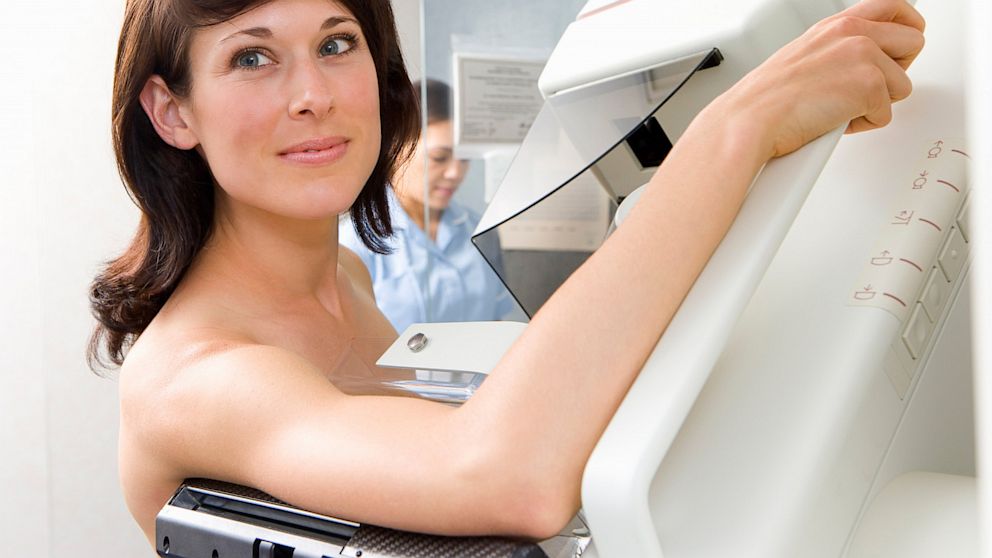Breast Cancer Breakdown: Screening Tests
Certain tests can help spot cancer early.

Oct. 2, 2013— -- intro: More people are surviving breast cancer, thanks in part to screening tests that detect the disease early. But less than 73 percent of women get their recommended mammograms, according to the U.S. Centers for Disease Control and Prevention.
A mammogram isn't recommended for everyone. The test, which uses X-rays to scan for subtle breast changes, can lead to false positives and unnecessary biopsies and treatments. That's why the U.S. Preventive Services Task Force -- a panel tasked with weighing the pros and cons of screening tests -- only recommends the test for women aged 50 to 74 and on a case-by-case basis for younger women.
But mammograms aren't the only way to detect breast cancer. A clinical breast exam performed by a skilled doctor or nurse can flag suspicious lumps for more sensitive follow-up tests, and knowing your own breasts can help you spot changes early and get them checked out.
Here's a breakdown of the different tests to help you chose the one that's appropriate for you.
Sources: The U.S. Centers for Disease Control and Prevention and the National Cancer Institute.
quicklist: 1category: Breast Cancer Screening Teststitle: Mammogramurl: text: A mammogram is an X-ray of the breast to detect tumors that can't be felt. The USPSTF recommends biennial mammograms for women between the ages of 50 and 74, but acknowledges that some women younger than 50 might also benefit from the test. Talk to your doctor if you think your risk factors warrant mammograms at a younger age.
Screening mammography has been shown to save lives by detecting tumors earlier when they're easier to treat. But it carries risks, too. It's estimated that for one woman's life to be saved, 2,000 women have to be screened, leading to 200 false positives and 10 unnecessary surgeries. And repeated exposure to X-rays can also raise the risk of cancer.
Talk to your doctor about the benefits and risks of mammography. The test is quick and non-invasive, though it can be a tad uncomfortable, and it can help spot the earliest signs of breast cancer.
quicklist: 2category: Breast Cancer Screening Teststitle: Clinical Breast Examurl: text: A clinical breast exam is a physical exam by a doctor and nurse that can flag lumps and other breast changes that could signal cancer. During the exams, your doctor will feel both breasts and look for changes to the skin or nipple.
Not all breast cancers appear as lumps. Inflammatory breast cancer – a particularly aggressive form of the disease – can look more like an infection, causing redness, swelling and dimpling of the skin.
Ask your doctor if a clinical breast exam is right for you. If it reveals a suspicious breast change, your doctor might order a follow-up test like an ultrasound or a biopsy.
quicklist: 3category: Breast Cancer Screening Teststitle: Breast Self-Examurl: text: A breast self-exam is a test you can perform on yourself to monitor your breasts over time.
Knowing the look and feel of your breasts can help you spot subtle changes and raise them with your doctor. Lying down, place your right arm over your head and use your left hand to press firmly on your right breast, moving from the inside out towards your armpit. Gently squeeze the nipple looking for discharge, and repeat for the process for the left breast.
Finally, look carefully at your breasts in the mirror while standing and note the shape and the texture of the skin. Do the exam three to five days after the start of your menstrual cycle, or on the same day every month after menopause.
Experts are split on whether breast self-exams can find cancer early and save lives. But knowing your breasts can help you spot suspicious changes early and discuss them with your doctor.




